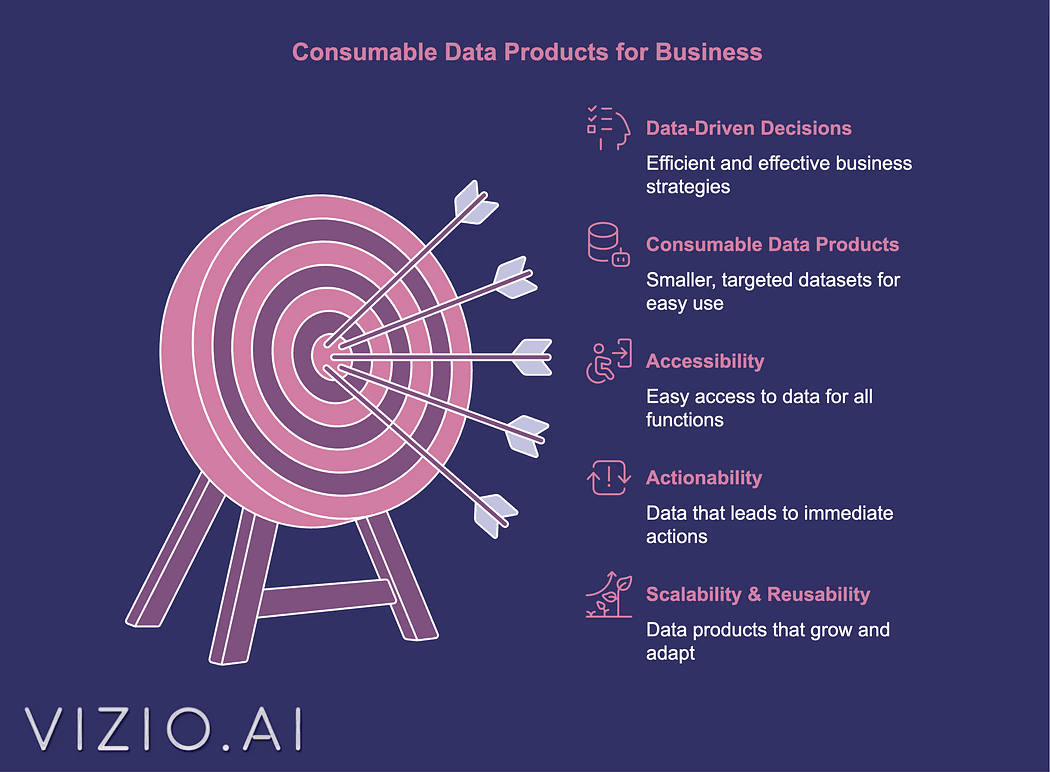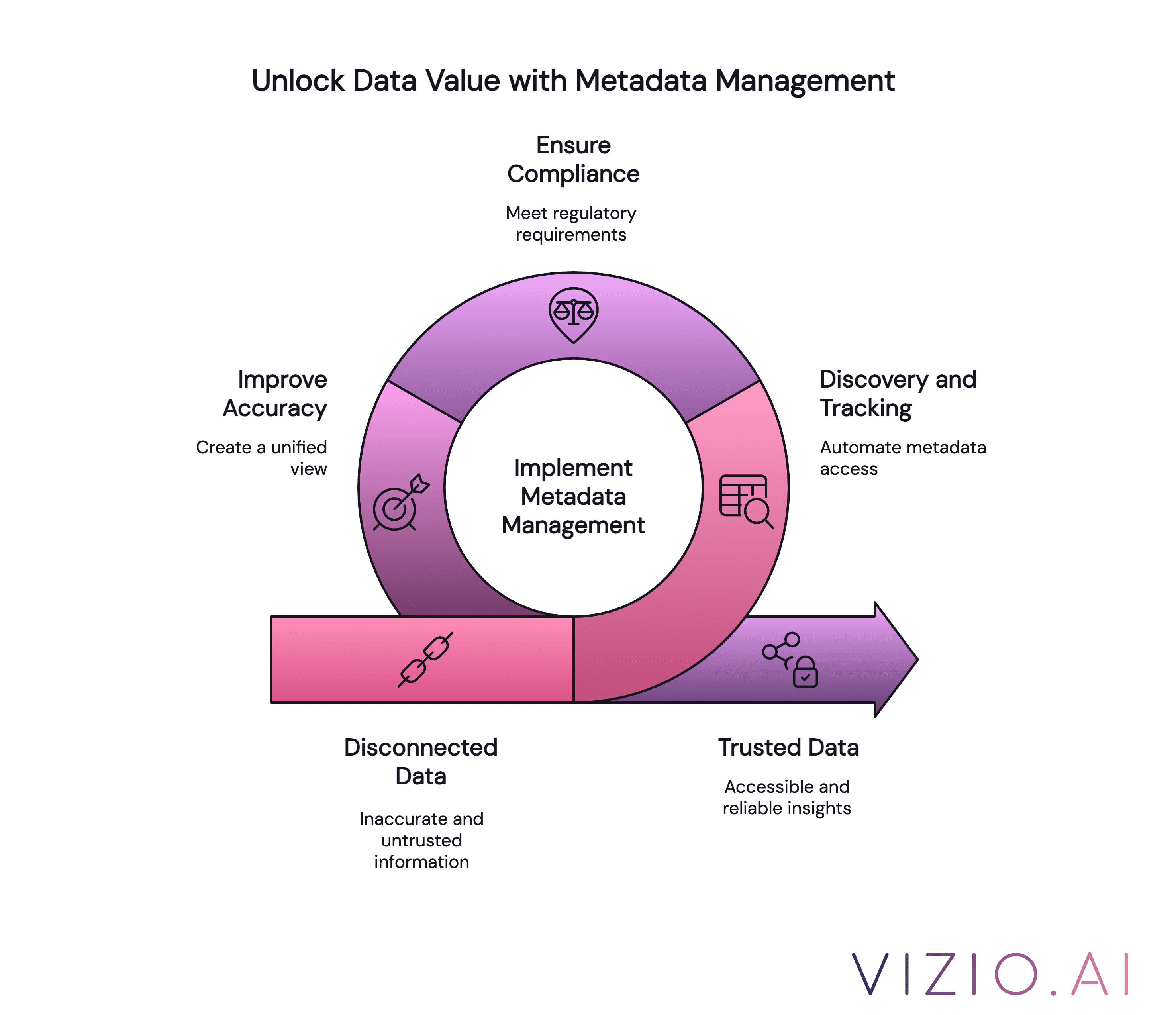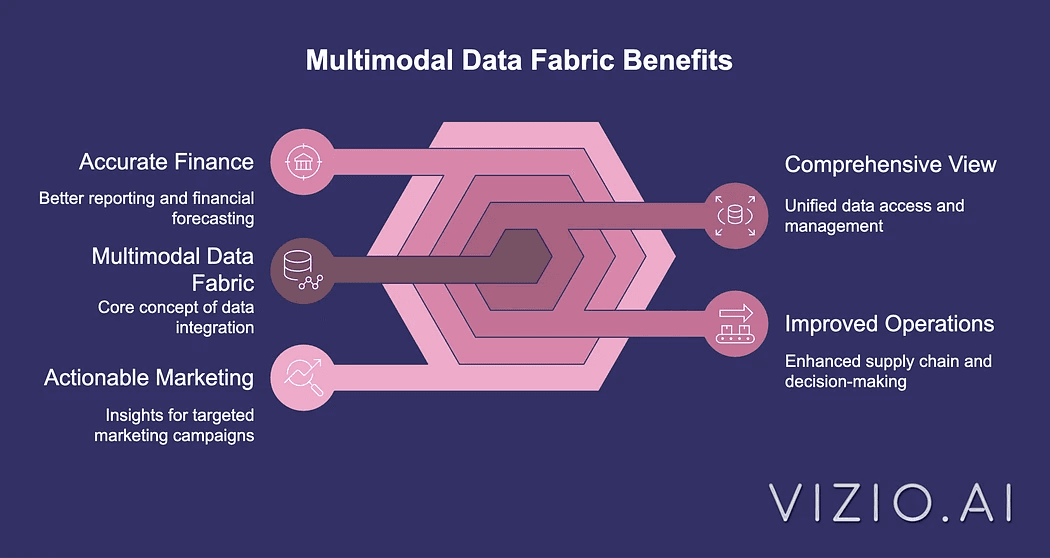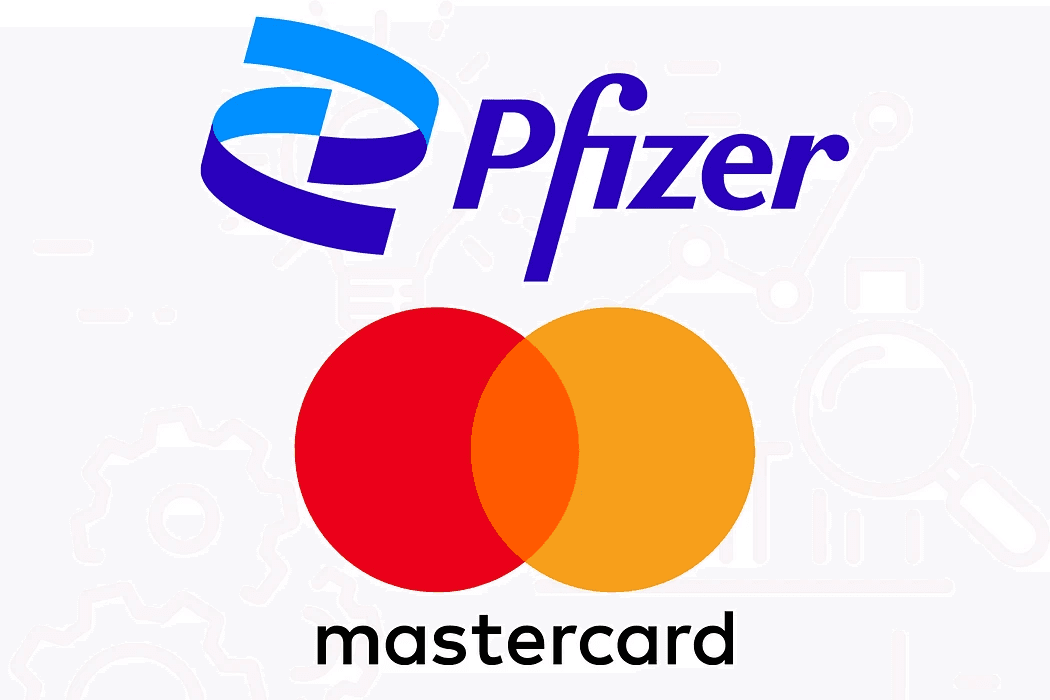
Mustafa Kürşat Yalçın
6 Min Read
Gartner’s latest insights reveal how businesses can apply key D&A trends to optimize operations, improve customer experiences, and enhance decision-making in 2025.
Introduction
In its 2025 D&A (Data & Analytics) Trends Report, Gartner outlined several emerging shifts that are reshaping how businesses manage and use their data. These trends aren’t just about adopting new technologies — they’re about rethinking how data flows through organizations and how it can be turned into real value.
Gartner’s Gareth Herschel sums it up well: “Data Analytics is going from the domain of the few to ubiquity.” This means that every part of the business — from marketing to finance to operations — needs to consider how to leverage data more effectively.
Here’s a look at five of the most important Data Analytics trends for 2025!
1. Highly Consumable Data Products: Making Data Actionable
As organizations continue to gather vast amounts of data, the challenge lies in making this data accessible and actionable. One of the key trends for 2025 is the development of highly consumable data products. These are smaller, targeted datasets that are designed for easy consumption by various business functions.
For businesses in marketing, this trend is huge. With more accessible and usable data, marketers can quickly adjust campaigns based on real-time insights about customer behavior. For example, Netflix uses real-time viewing data to recommend personalized content to users. This helps drive engagement and keep subscribers active. Similarly, for finance and operations, consumable data products help streamline forecasting, budgeting, and supply chain optimization, without the need to dig through massive data silos. For instance, Walmart uses consumable data to monitor inventory levels across its stores in real-time, adjusting orders dynamically to prevent stockouts.
What makes this trend powerful is that these data products are reusable and scalable — they can be continually refined and improved over time as more insights are gained. This approach helps businesses make data-driven decisions more efficiently and effectively, whether that’s adjusting marketing strategies, optimizing resources, or managing budgets.
2. Metadata Management Solutions: Ensuring Data Quality and Context
Effective metadata management is often overlooked, but it’s crucial for maintaining data quality and governance. Metadata is essentially “data about data” — it provides context that helps organizations understand the origin, structure, and flow of their data. Without it, data can easily become disconnected, inaccurate, or difficult to trust.
This is especially important for operations teams when tracking the flow of supply chain data or managing logistics. For example, Coca-Cola uses metadata management to track the flow of raw materials from suppliers, ensuring the data is accurate and up to date and allowing the company to make real-time adjustments to its production processes.
Finance teams rely on metadata to ensure financial data is accurate and compliant with regulations. For example, PwC uses metadata management to ensure their financial audits are based on verified and accurate data that complies with legal standards.
With the right metadata management tools, organizations can automate the discovery and tracking of metadata, making it easier to access data that’s relevant and reliable. This is key for ensuring compliance, improving data accuracy, and creating a single, unified view of business performance. It also makes data more accessible, enabling teams to trust and act on insights faster.
For businesses looking to improve data governance and support AI-driven decision-making, investing in metadata management tools is a practical first step.
3. Multimodal Data Fabric: Simplifying Data Integration Across Systems
One of the biggest challenges businesses face today is data fragmentation. With data scattered across different systems and platforms, it’s often hard to get a comprehensive view of operations. Enter the multimodal data fabric, which helps businesses integrate data from various sources into a unified architecture. This enables smoother data flows and reduces silos, making it easier to access, manage, and analyze data.
For operations teams, this means a clearer view of the entire supply chain, which improves forecasting and decision-making. For instance, Unilever uses a multimodal data fabric to track inventory and raw materials from across the globe, making supply chain decisions more efficient and effective.
For finance, it enables seamless integration of data from various financial systems to improve reporting accuracy and financial forecasting. Netflix uses a data fabric to integrate data from various platforms like subscription management, billing, and content consumption, allowing them to forecast financial performance more accurately.
For marketing teams, a data fabric ensures that customer data from different platforms (e.g., CRM, social media, website interactions) can be consolidated into a single view, providing more accurate and actionable insights for campaigns.
4. Synthetic Data: Enabling AI Innovation While Ensuring Data Privacy
Businesses increasingly rely on AI and machine learning to drive innovation, and access to high-quality data becomes crucial. However, in many industries — such as finance and healthcare — real data is difficult to obtain due to privacy concerns or regulatory restrictions. This is where synthetic data comes into play.
Synthetic data is artificially created data that mimics real-world data but doesn’t have the same privacy risks. It allows businesses to develop and train AI models without using sensitive or hard-to-obtain real-world data.
In finance, where customer data is highly sensitive, synthetic data allows businesses to simulate market scenarios for risk assessments without exposing personal information. Mastercard uses synthetic data for fraud detection training, simulating cardholder behavior without using actual customer data.
In healthcare, it offers a way to develop diagnostic models without using actual patient data. Pfizer has explored synthetic data to simulate patient responses in drug trials, allowing for more innovative approaches without violating patient privacy.
Synthetic data accelerates AI development while maintaining privacy and reducing costs associated with gathering real-world data. Thanks to synthetic data, businesses can improve AI models, create more diverse training datasets, and ensure privacy compliance, all while driving innovation.
5. Decision Intelligence Platforms: Automating Smart Decisions
As businesses collect more data, the challenge becomes not just understanding it but using it to make the right decisions. Decision intelligence (DI) platforms take data one step further by providing businesses with the tools to integrate data into decision-making models, automate decisions, and improve outcomes.
For example, Amazon uses decision intelligence to optimize warehouse operations, reduce delivery times, and increase overall efficiency.
Coca-Cola uses DI platforms to automatically adjust pricing strategies in different regions based on local demand. In finance, DI platforms can optimize investment portfolios or model various financial scenarios to support capital allocation decisions.
With automation, DI platforms reduce the risk of human error and improve decision accuracy. They help businesses become more agile and responsive to changes, whether it’s adjusting marketing campaigns, managing resources, or optimizing finances.
Final Thoughts: You Might Be Late!
Your data isn’t just information — it’s a strategic asset that can drive your success. It begins with;
highly consumable data products, turning raw data into immediate, actionable insights.
then, you streamline operations with metadata management solutions, ensuring data is accurate, reliable, and trusted across your teams.
after that, you integrate all your data sources, enabling faster, smarter decisions.
lastly, synthetic data powers AI innovation without privacy concerns, and decision intelligence platforms automate critical decisions, helping you stay ahead of the competition.
The giants are already leveraging these technologies to lead the market — don’t let your business fall behind.
Every moment you wait, your competitors are gaining ground with AI-powered analytics.
The time to act is now to secure your place among giants.
👉 Contact us today, and let’s make sure you don’t miss out.









